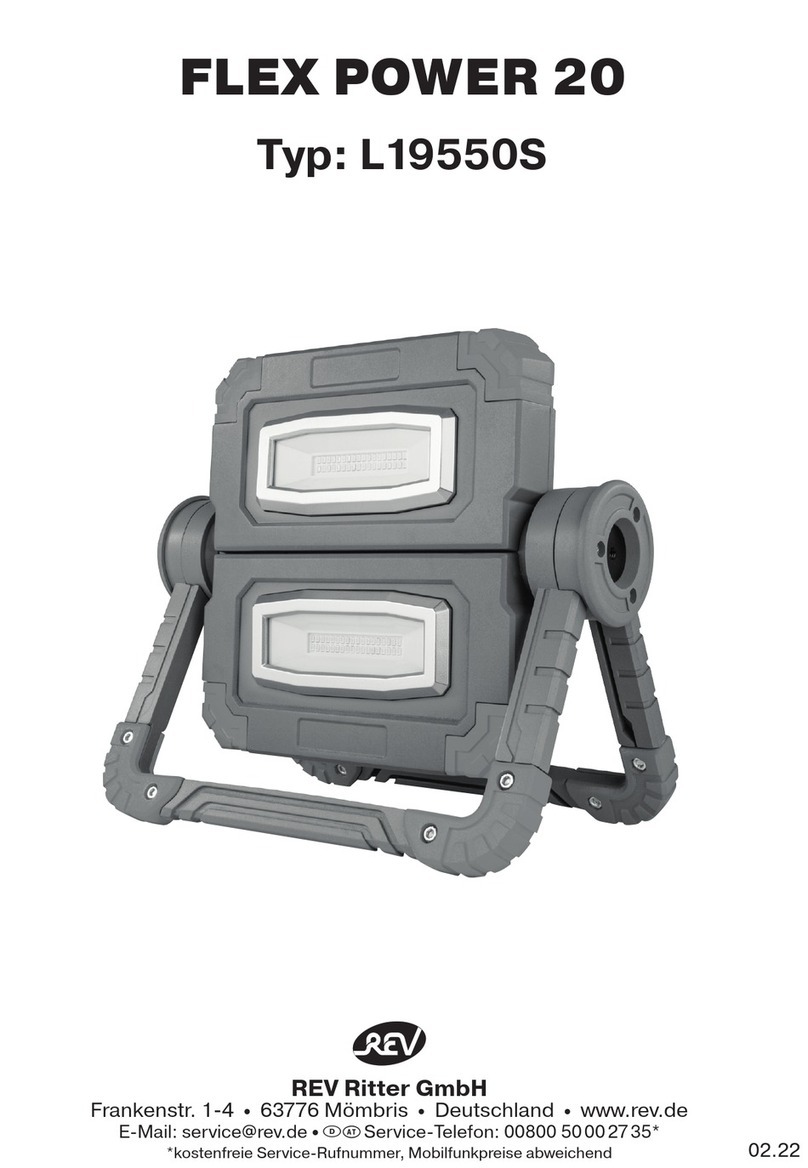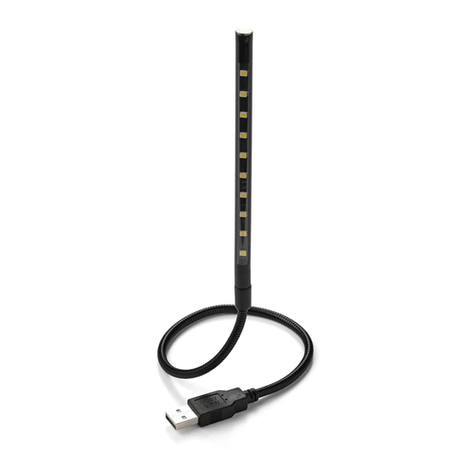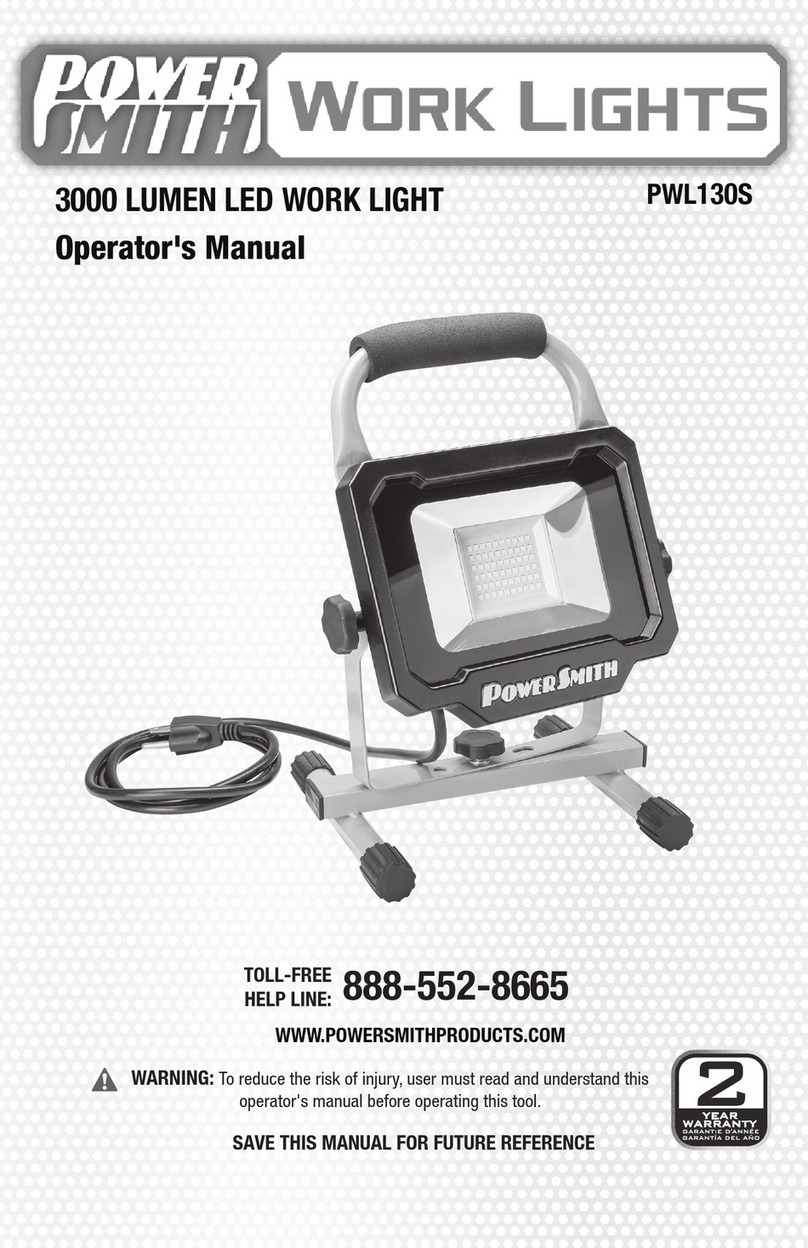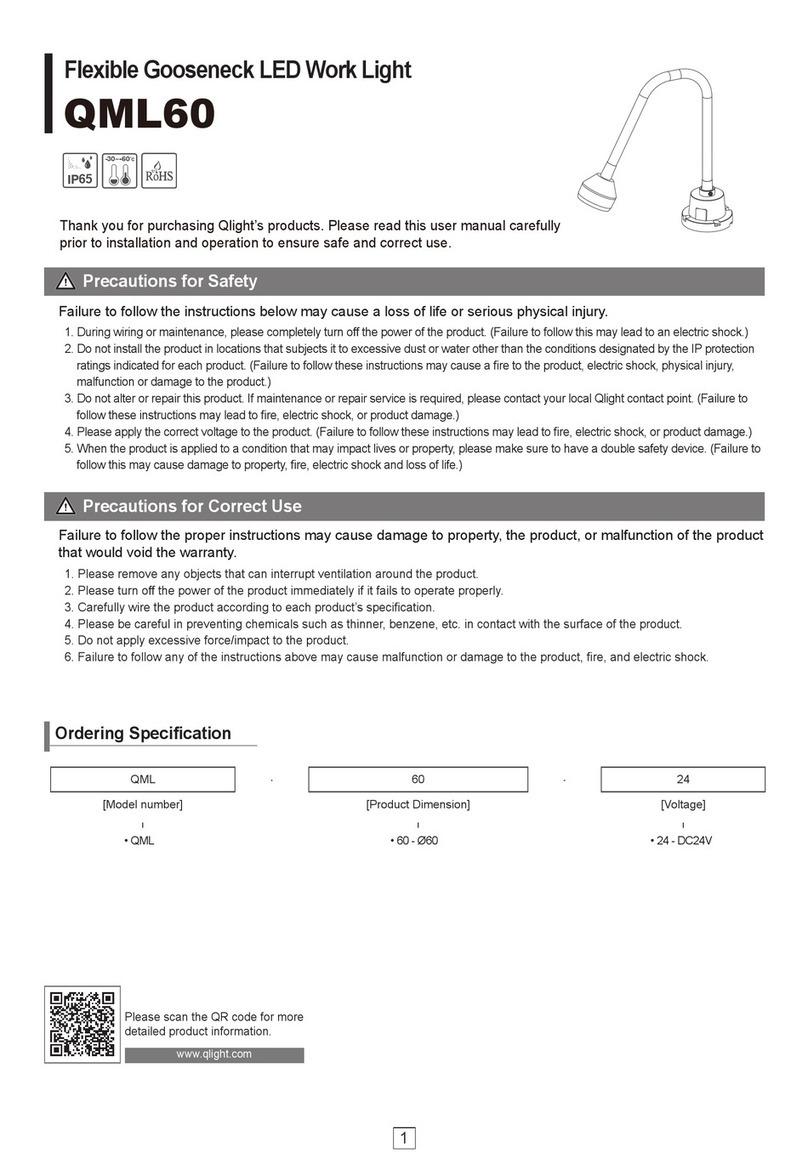Evopower LT600-LED-I User manual

LT600-LED-D

CONTENTS PAGE
NO.S
1 SAFETY 3 - 7
2 ASSEMBLY 8 - 15
3 STARTING PROCEDURE 16 - 17
4 STOPPING PROCEDURE 18 - 19
5 OPERATING INSTRUCTIONS 20
6 DIMENSIONS 21
7 WIRING DIAGRAM 22
8 SPECIFICATION 23
9 RECYCLING & PRODUCT DISPOSAL 24
10 DECLARATION OF CONFORMITY 25
11 CONTACT DETAILS 26
12 WARRANTY 26
13 MANUAL UPDATES 26

1.1 General Safety Notes.
1.2 The operator of the machine is responsible for, and has a duty of care in making sure
that the machine is operated safely and in accordance with the instructions in this user
manual. Keep the manual safe and pass it on if the machine is loaned or soldto another
user.
1.3 Please note the following safety points.
1.4 The machine should never be left it in a condition which would allow an untrained or
unauthorised person/s to operate this machine.
1.5 All due care and diligence should be taken by the operator for the safety of and with
regard to those around whilst using the machine.
1.6 Some or all of the following - warning signs, symbols and/or PPE pictograms may
appear throughout this manual. YouMUST adhere to their warnings. Failure to doso
may result in personal injury to yourself or those around you.
DANGER
Indicates a hazard, which, if not avoided, could result in serious injury or death.
WARNING
Indicates a hazard, which, if not avoided, could result in serious injury.
CAUTION
Indicates a hazard which, if not avoided, might result in minor or moderate injury.
1.7 READ and keep the manual safe and pass it on if the machine is loaned or sold to
another user.
1.8 You MUST fully understand all instructions to ensure you use and operate the
machine safely.
1.9 Appropriate Personal Protective Equipment (PPE), MUST be worn at all times when
operating or repairing the machine.

1.10 Carbon Monoxide (where applicable).
1.11 Carbon monoxide is a colourless and odourless gas. Inhaling this gas can cause
death as well as serious long term health problems such as brain damage.
1.12 The symptoms of carbon monoxide poisoning can include but are not limited to the
following;
Headaches, dizziness, nausea, breathlessness, collapsing or loss of consciousness.
1.13 Carbon monoxide poisoning symptoms are similar to flue, food poisoning, viral
infections and simply tiredness. It is quite common for people to mistake this very
dangerous poisoning for something else.
1.14 To avoid carbon monoxide poisoning DO NOT use Petrol/Diesel powered equipment
inside any of the following; Home, garage, tent, camper van, mobile home, caravan
or boat. This is not exhaustive and if you are in any doubt contact your dealer.
1.15 If you think you have or someone around you has been affected by carbon monoxide
poisoning;
1.16 Get them fresh air immediately, by leaving the affected area or by opening doors and
windows. If safe and practical to do so make sure that the machine is turned off.
DO NOT enter a room you suspect of having carbon monoxide present –instead call
the emergency services.
1.17 Contact a Doctor immediately or go to Hospital –let them know that you suspect
carbon monoxide poisoning.
1.18 DO NOT use in an enclosed area or moving vehicle.

1.20 General Fuel Safety (where applicable).
CAUTION
ALL FUELS ARE FLAMABLE
1.21 Fire Hazard –keep fuel away from all sources of ignition for example heaters.
Lamps, sparks from grinding or welding.
1.22 DO NOT carry out hot work on tanks that have contained fuel.
1.23 ALWAYS keep the work area tidy.
1.24 ALWAYS clean up spills promptly using absorbent granules and a lidded bin.
1.25 ALWAYS dispose of waste fuels correctly.
1.30 Fueling/De-fueling (where applicable).
CAUTION
ALL FUELS ARE FLAMABLE
1.31 ALWAYS fuel and defuel in a well ventilated area outside of buildings.
1.32 ALWAYS wear correct, suitable and fit for purpose Personal Protective Equipment
(PPE), suggested items are but not limited to safety gloves, overalls.
1.33 When fueling/de-fueling ALWAYS avoid inhaling fumes.
1.34 When de-fueling ALWAYS use a proper fuel retriever.
1.35 ALWAYS carry fuel in the correct and clearly marked container.
1.40 Electrical Safety (where applicable).
1.41 Electricity can kill –NEVER work on LIVE/ENERGISED equipment.
1.42 Prior to carrying out any maintenance work you MUST identify electrical isolation
methods and isolate all electrical supplies.
1.43 Prior to use and with all electrical supplies isolated, you MUST check all electrical
cables, plugs and connectors for the following;
1.44 Are intact and have no signs of damage, to include but not limited to bare wires,
chaffing, cuts and loose wiring.
1.45 If there are any signs of damage, the damage item MUST be taken out of service
until the damage has been repaired by an electrically competent person.
1.46 All trailing cables should be routed so as not to cause any kind of trip hazard.
1.47 NEVER work on or near electricity with wet hands, wet clothing and wet gloves.

1.50 Batteries (where present).
1.51 Batteries present a risk if they become damaged by the possible leaking of
electrolyte. This electrolyte is an acid and can cause serious burn injuries. Care
should be taken when working on or near them. NOTE the electrolyte may be in
a liquid or gel form.
1.52 Should you come in to contact with electrolyte you should;
1.53 Remove all clothing contaminated with electrolyte. If you cannot remove then
saturate them in water.
1.54 Get medical assistance as soon as possible. You must advise the medical staff of
the type of acid.
1.55 Lead/acid battery = dilute sulphuric acid.
1.56 Nickel/cadmium = potassium hydroxide alkali electrolyte.
1.57 Use fresh running water to wash off excess electrolyte, continue this until medical
assistance arrives. Make sure that you do not was the electrolyte to another part of
your body or face.
1.58 If electrolyte comes in to contact with Eyes the electrolyte needs to be immediately
washed away with large amounts of water. Make sure that you do not wash the
electrolyte to another part of your face or body.
1.59 Gasses from charging batteries are highly flammable and great care should be taken
to charge in well ventilated areas.
1.59.1 There is an explosion risk if the battery terminals are short circuited, when
connecting/disconnecting ALWAYS exercise great care so that the terminals or
battery leads are NOT allowed to touch and cause a spark. ALWAYS use suitable
insulated tools.
1.60 Vibrations (where applicable).
1.61 Prolonged use of hand held (operated) machines will cause the user to feel the
effects of/from vibrations. These vibrations can lead to white finger (Raynaud’s
phenomenon) or carpal tunnel syndrome. This condition reduces the ability of the
hand to feel and regulate temperature, causing numbness and heat sensations and
may cause never damage and circulatory tissue death.
1.62 Not all factors that lead to white finger disease are known, but cold weather, smoking
and other diseases that affect blood vessels and blood circulation as well as large
and long-lasting impact of shocks are considered factors in the formation of white
finger. Note the following to reduce the risk of white finger and carpal tunnel
syndrome;
1.63 Wear gloves and keep your hands warm.
1.64 Take regular breaks.
1.65 All of the above precautions may help reduce the risk of white finger disease but not
rule out the carpal tunnel syndrome. Long-term and regular users are therefore
recommended to observe the condition of your hands and fingers. Seek medical
attention immediately if any of the above symptoms should occur.

1.70 Noise (where applicable).
1.71 The operating noise of the machine can damage your hearing. Wear hearing
protection such as earplugs or ear defenders to protect your hearing. Long-term
and regular users are advised to have hearing checked regularly. Be especially
vigilant and cautious when hearing ear protection because your ability to hear alarm
warnings will be reduced.
1.72 Noise emissions for this equipment is unavoidable. Carry out noisy work at approved
times and for certain periods. Limit the working time to a minimum. For your personal
protection and protection of people working nearby it is also advisable for them to
wear hearing protection.
1.73 See Certificate of Conformity section for Outdoor Noise declaration of
conformity.

Item Description Quantity
1 M10x25 Bolt 4
2 Ø10 Spring 4
3 Ø10 Washer 4
4 Lifting Beam 1
5 Chassis 1
6 Brake 1
LT600-LED-I

Item Description Quantity
7 LED Lamp 4
8 Mast 1
9 M10x30 Bolt 6
10 Ø10 Washer 6
11 Ø10 Spring 6
LT600-LED-I

Item Description Quantity
12 Transport Handle 1
13 Ø12 Washer 1
14 M12x30 Bolt 1
15 M5x16 Flange Bolt 2
16 Circuit Breaker Box 1
17 Electrical Box for Lamps 1
18 M6x16 Flange Bolt 2
19 Stabilisers 1
LT600-LED-I

LT600-LED-I

Item Part NO. Description Qty
1
2
3
4
5
8
Connection strap 4
Bolt(M12*25)
8
8
Spring( Ă12)
Washer(Ă12)
1
Foundation support
D500-W1
D500-W2
D500-W3
D500-W4
D500-W5
471 Reinforcing plate
D500-W6
481 Cushion
D500-W7
6191 Bolt(M6*25)
D500-W8
18
1
1
2
3
3
2
5
4
17
19
12
LT600-LED-D

Item Part NO. Description Qty
6
7
8
9
10
4
6
Bolt(M10*25)
LED Lamp
1
Mast
6
Spring( Ă10)
6
Washer(Ă10)
LT600(LED)-W6
LT600(LED)-W7
D500-W8
D500-W9
D500-W10
8
9
10
6
7
13
LT600-LED-D

Item Part NO. Description Qty
111 Push rod
D500-W11
12
13
LT600(LED)-W12
LT600(LED)-W13
Flange Bolt(M5*16) 2
Circuit breaker box 1
14
15
LT600(LED)-W14
LT600(LED)-W15
Elecrial box for lamps
Flange Bolt(M6*16)
1
2
3
16
Washer(Ă12) 1
1
Bolt(M12*30)
D500-W16
D500-W3
3
11
16
13
14
15
12
14
LT600-LED-D

15
LT600-LED-D

NOTE
The lighting tower should not be used if the wind speed is above 31mph (50kph).
Only use the lighting tower on firm, flat and level ground.
2.0 Place the lighting tower in the area where lighting is needed.
2.1 Press down the brake and open the stabilisers.
2.2 Adjust the angle of the LED lamps.
2.3 Rotate the mast handle clockwise.
When the mast reaches its maximum height, the safety lock pin will automatically lock
the mast.
DO NOT shake the handle vigorously to avoid damaging the mast.
16

2.4 Connect the lighting tower plug to the generator and start the generator.
Or connect the plug to the main power.
2.5 Turn on the lighting power switch.
3.0 Turn off the lighting tower switch.
3.1 Allow the generator to idle under no load for 20 seconds and then turn off, or
disconnect from the main power.
17

3.2 Pull out the safety lock pin and rotate the mast handle anti-clockwise until the mast is
fully retracted.
3.3 Close the stabilisers and press the brake downwards to release.
18

4.0 The lighting tower must be placed on firm, flat and level ground.
4.1 The vertical inclination between the lighting tower and the ground should not exceed
more than 5 degrees.
4.2 The wind speed should not exceed 31mph (50kmh).
19

20
LT600-LED-I
700
560
550
500
570
This manual suits for next models
1
Table of contents
Popular Work Light manuals by other brands
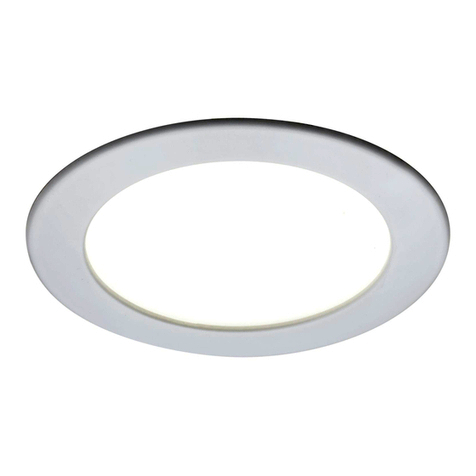
DOMUS LINE
DOMUS LINE SMALLY installation manual

Lightcloud
Lightcloud LCBA19-6-E26-9TW-F-C-SS user manual

Villager
Villager VLN 9120 Original instruction manual
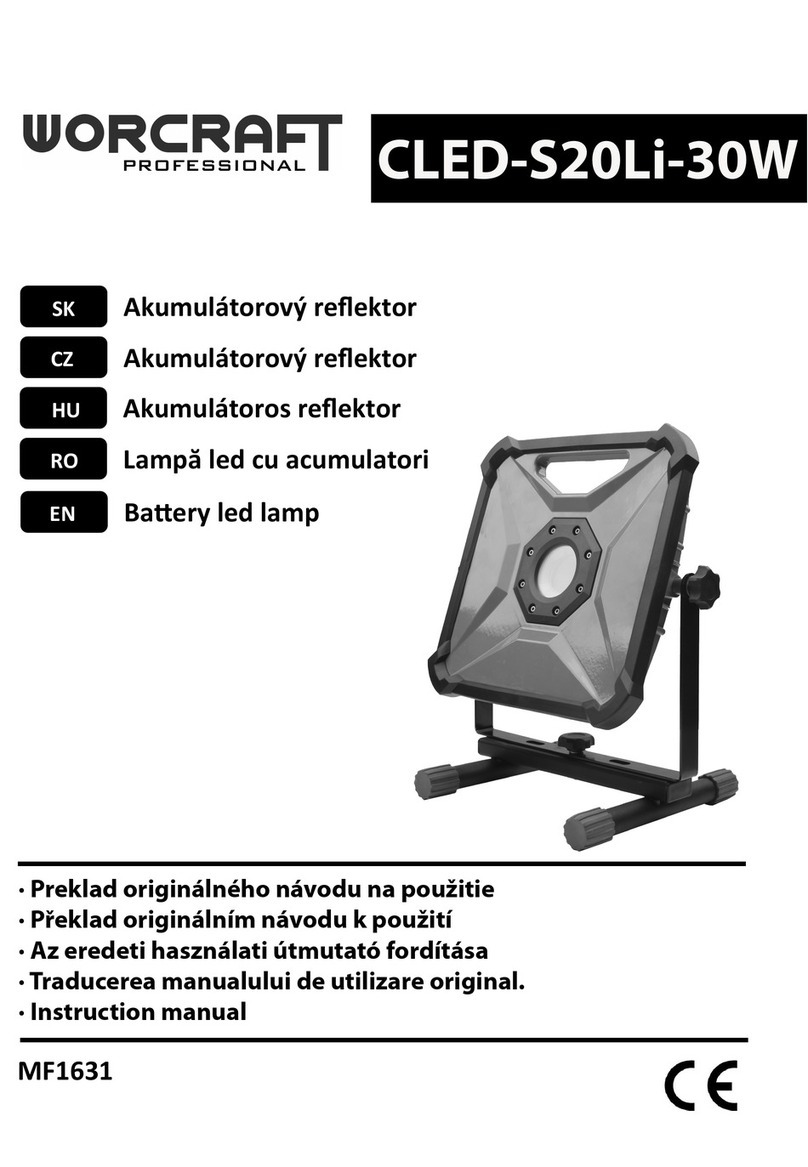
Worcraft
Worcraft CLED-S20Li-30W instruction manual
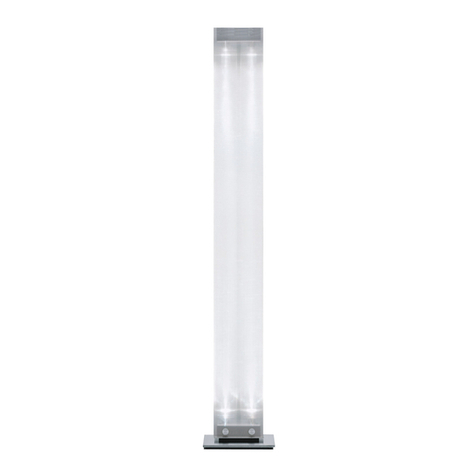
Belux
Belux Samantha & John Ritschl-Lassoudry TWILIGHT... Assembly instructions
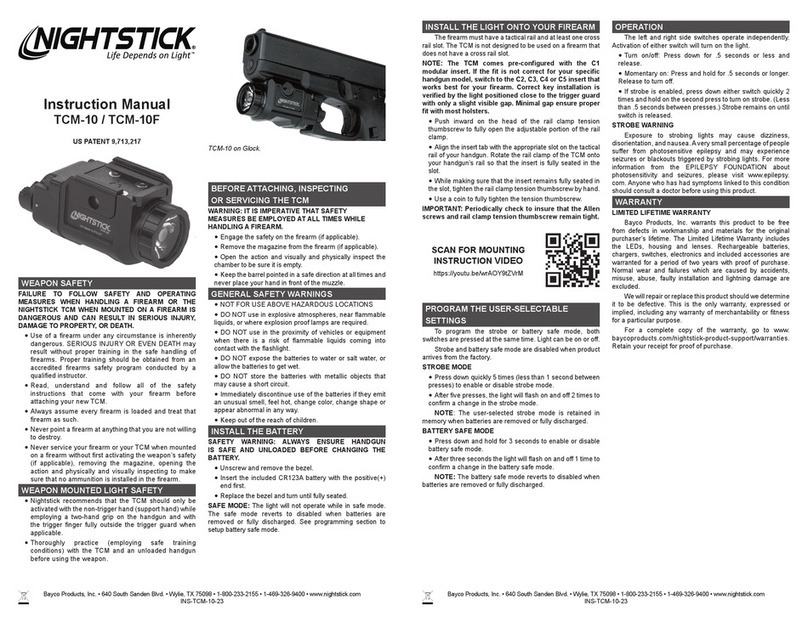
Night Stick
Night Stick TCM-10 instruction manual
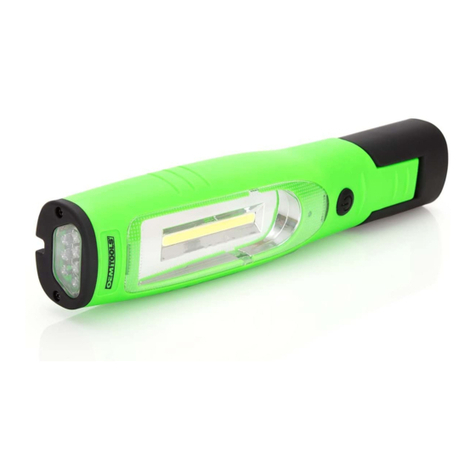
OEM Tools
OEM Tools 25982 Operating instructions and parts manual
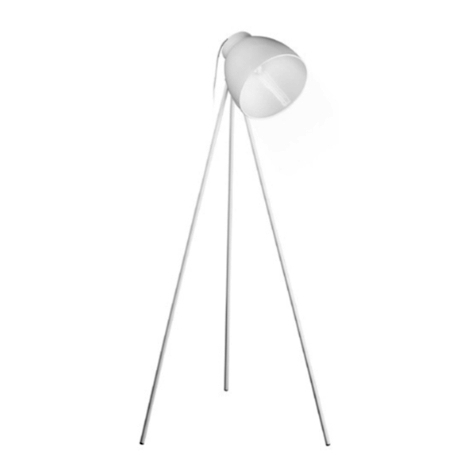
LIVARNO LUX
LIVARNO LUX 14121106L Assembly, operating and safety instructions

LIVARNO LUX
LIVARNO LUX 283392 Operation and safety notes

LIVARNO LUX
LIVARNO LUX VEILLEUSE LED Operation and safety notes
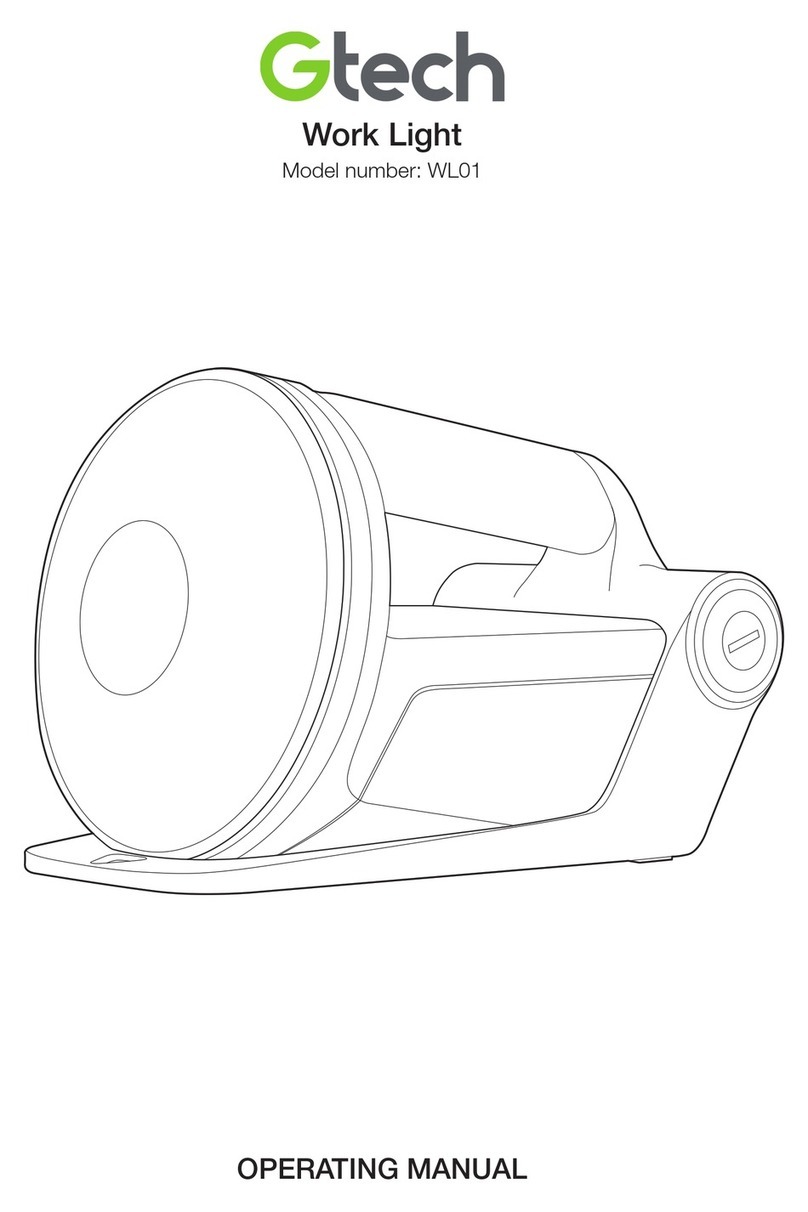
Gtech
Gtech WL01 operating manual
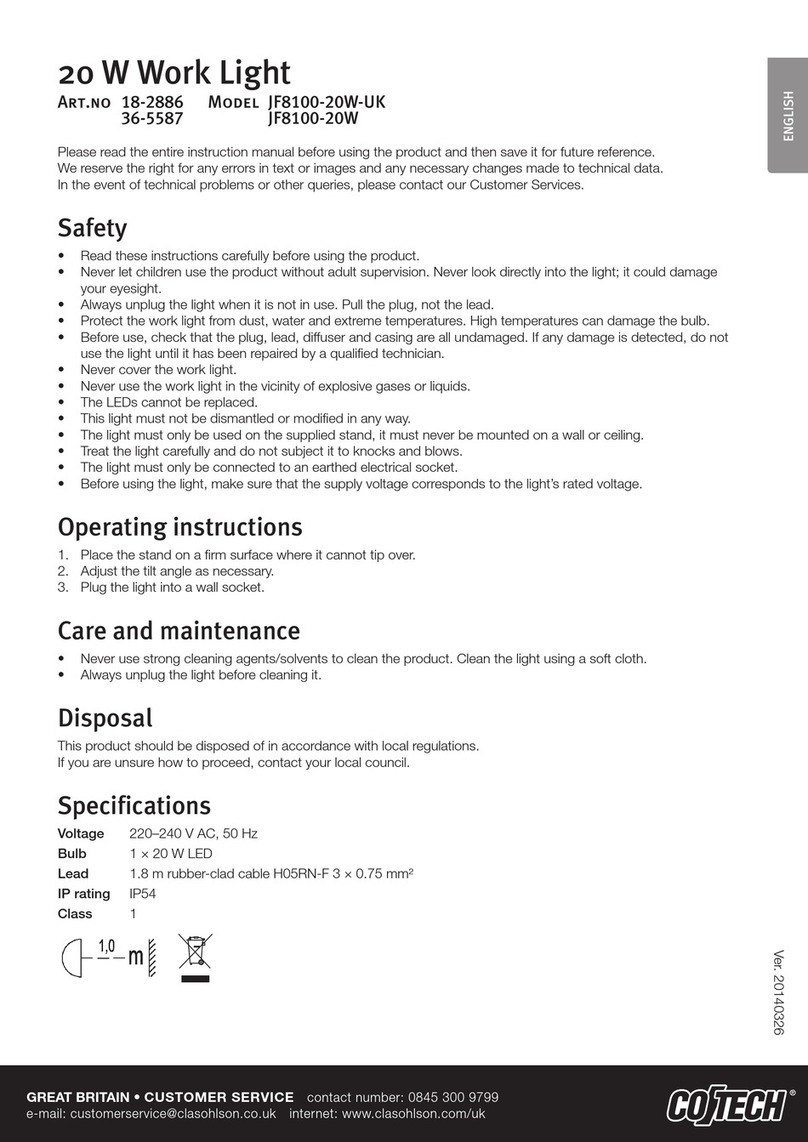
CO/Tech
CO/Tech JF8100-20W-UK instruction manual
